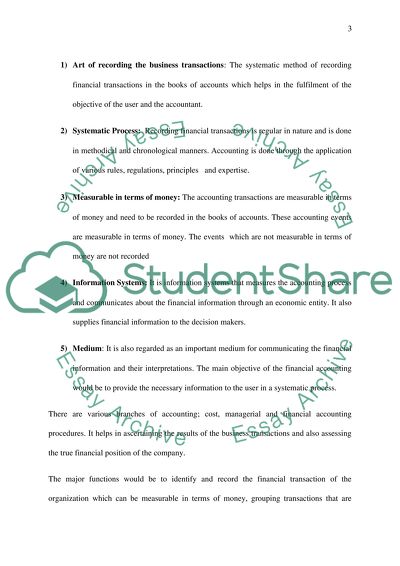Cite this document
(“Finance and Accounting Concepts Essay Example | Topics and Well Written Essays - 2000 words”, n.d.)
Retrieved from https://studentshare.org/finance-accounting/1484524-10-key-concepts-of-accounting
Retrieved from https://studentshare.org/finance-accounting/1484524-10-key-concepts-of-accounting
(Finance and Accounting Concepts Essay Example | Topics and Well Written Essays - 2000 Words)
https://studentshare.org/finance-accounting/1484524-10-key-concepts-of-accounting.
https://studentshare.org/finance-accounting/1484524-10-key-concepts-of-accounting.
“Finance and Accounting Concepts Essay Example | Topics and Well Written Essays - 2000 Words”, n.d. https://studentshare.org/finance-accounting/1484524-10-key-concepts-of-accounting.


